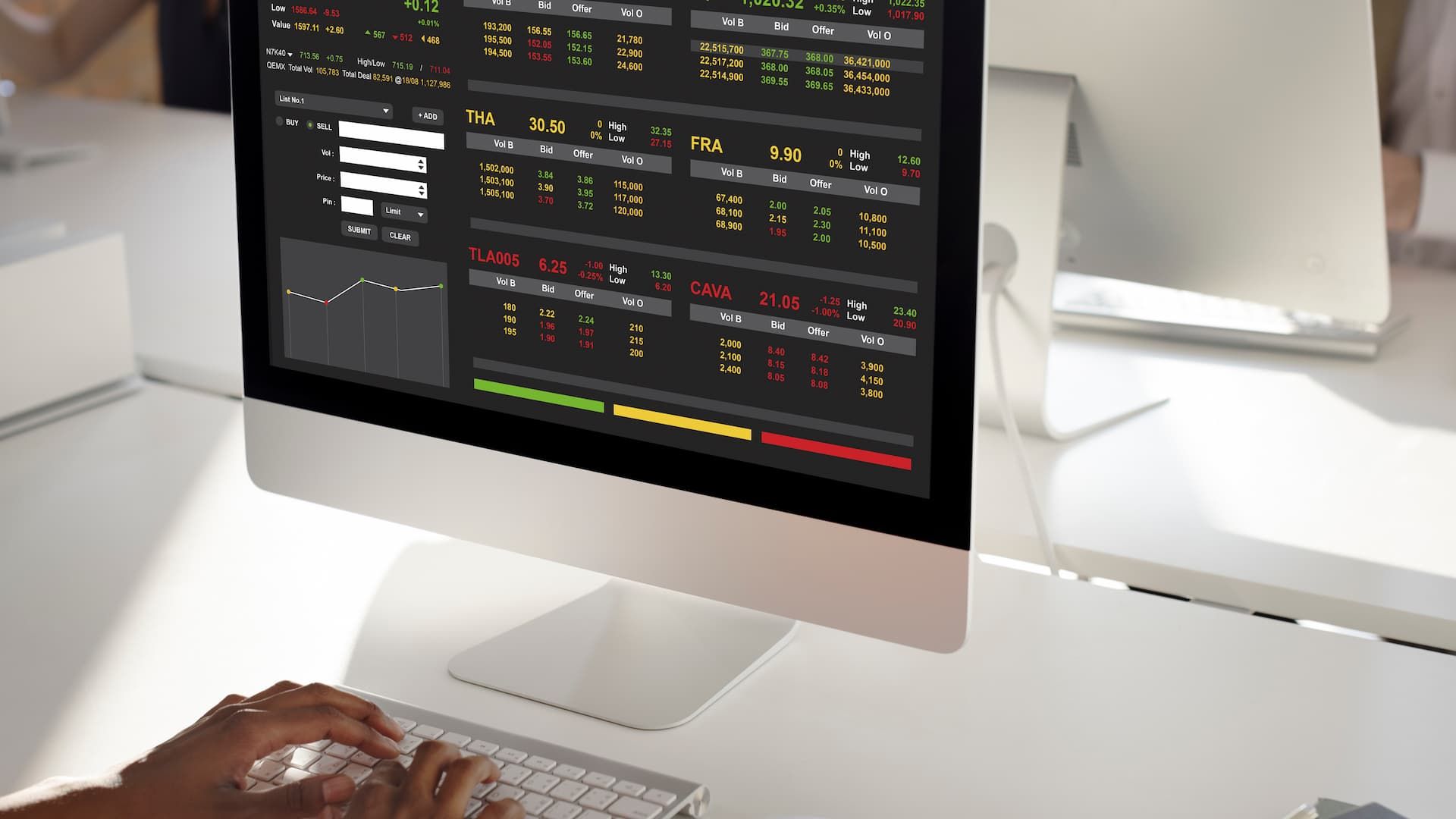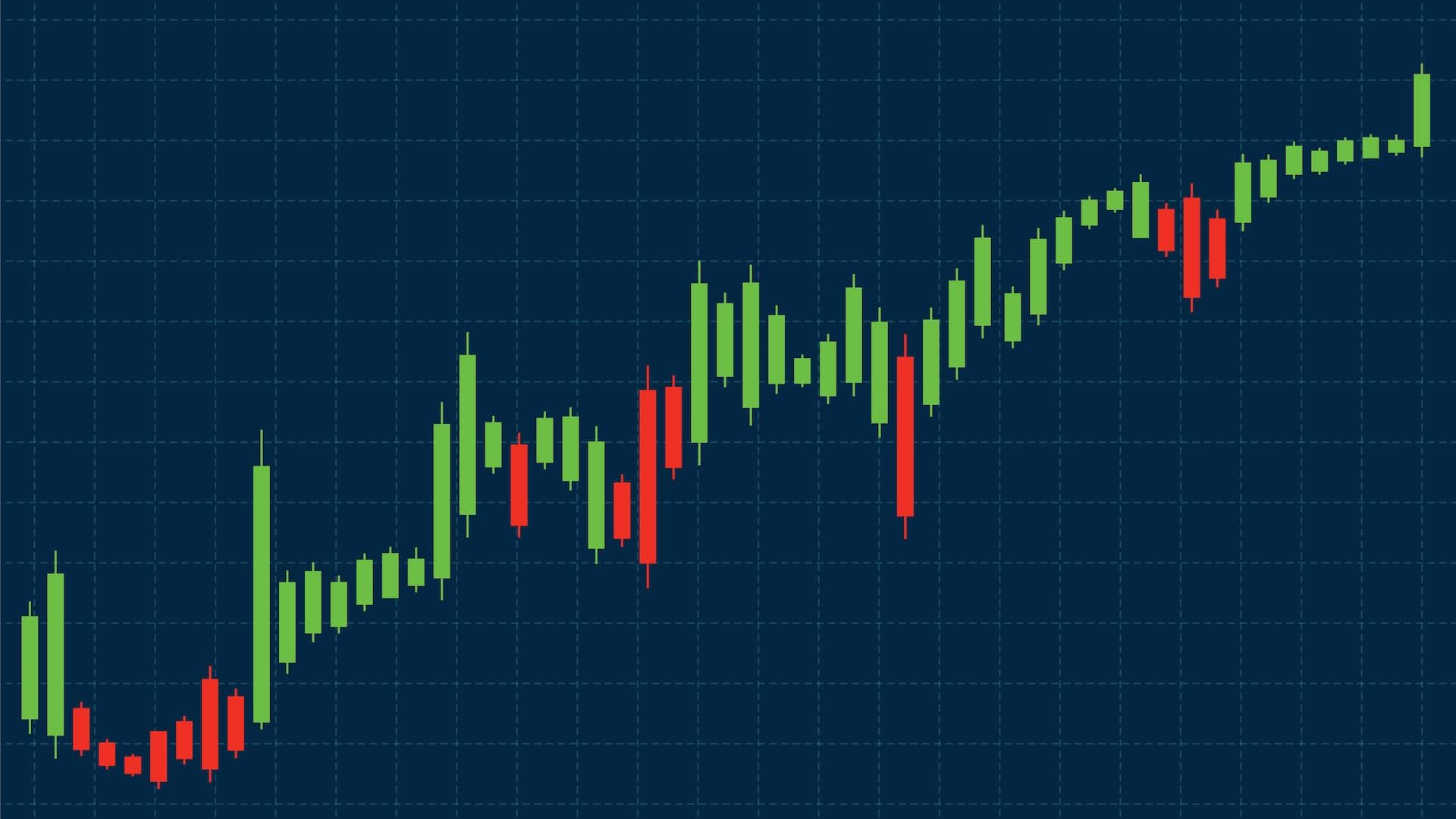Machine learning in trading has become one of the most talked about topics in financial markets. From hedge funds hiring data scientists to retail traders experimenting with algorithmic trading strategies on platforms like MetaTrader, it seems everyone wants to tap into the potential of artificial intelligence. The promise is appealing: use machine learning algorithms to sift through massive amounts of historical data, identify patterns that humans miss, and predict price movements more accurately.
But reality is more complicated. Trading models powered by machine learning can offer unique advantages, yet they are also vulnerable to pitfalls like curve fitting, reliance on noisy data points, and poor performance under evolving market conditions. For traders, the challenge is not just building a sophisticated machine learning model, but applying it in ways that actually improve trading performance over time.
Understanding Machine Learning in Financial Markets
Linear Models in Trading
Long before deep learning became a buzzword, traders were already using linear models in financial markets. Linear regression, logistic regression, and support vector machines were among the first machine learning algorithms applied to trading strategies. These models rely on historical data such as stock prices, trading volumes, and volume data to create relationships between variables.
For example, a linear regression model might show how a currency pair’s price movements relate to changes in interest rates or economic announcements. While simple, these models provide transparency that many traders appreciate. They are easier to explain compared to deep learning models, and they often avoid overfitting by focusing on a smaller number of parameters. In practice, linear models can give traders a baseline for how market trends might develop under certain trading conditions.
Deep Learning Applications
Deep learning models take things to another level. Using artificial neural networks, they can process sequential data such as minute-by-minute price movements or streaming financial news articles. Deep learning techniques are particularly effective at identifying nonlinear relationships in large data sets, which makes them suitable for analyzing raw data from multiple sources simultaneously.
For instance, a deep learning model might combine historical price data, earnings call transcripts, and market sentiment from financial news to predict price movements in the stock market. Some trading platforms already allow forex traders to experiment with deep learning models that execute trades automatically when specific conditions are met.
However, deep learning has its challenges. These models require vast amounts of financial data and real time market data to perform reliably. Without proper feature engineering or risk management, they can deliver model predictions that look perfect in backtesting but collapse in live trading.
Data Collection and Feature Engineering
Gathering Fundamental Data
One of the most important steps in machine learning in trading is data collection. Relying only on past data like stock prices or trading volumes may not be enough. Incorporating fundamental data such as earnings reports, economic releases, and balance sheet metrics adds context that helps learning models adapt to changing market conditions.
Take earnings reports, for example. If a stock consistently rallies after beating analyst expectations, feeding this information into an ML model provides a clearer picture than just looking at price data. Combining historical market data with fundamental data gives trading strategies more resilience in different market regimes.
Incorporating Financial News
Financial news plays a huge role in shaping market sentiment. Traders often see price gaps after significant news events such as central bank announcements or geopolitical shocks. Machine learning models equipped with natural language processing (NLP) can process financial news articles, social media posts, and analyst commentary in real time.
This allows models to assign sentiment scores, classify tone, and predict potential price movements before most traders react. Imagine a random forest model that scans thousands of financial news articles and earnings call transcripts, then signals whether market sentiment is shifting bullish or bearish. While not foolproof, combining these signals with traditional market analysis can improve trading performance.
Feature Engineering for Algorithmic Trading
Feature engineering is often where trading expertise meets data science. Instead of feeding raw data directly into an ML model, traders create derived features such as moving averages, volatility ratios, or support and resistance levels. These features mirror technical analysis while also providing cleaner inputs for algorithmic trading strategies.
The danger comes when too many parameters are added. Overfitting occurs when models learn the noise in the data instead of meaningful patterns. To avoid this, system traders often focus on a limited set of features that align with a well defined trading plan. Feature engineering is both an art and a science, and it often determines whether a machine learning model succeeds or fails in real market conditions.
Natural Language Processing in Trading
Processing Financial Text Data
Financial markets generate vast amounts of unstructured data every day. From news headlines to analyst reports and central bank speeches, unstructured data holds clues about future values of assets. Natural language processing makes it possible to turn this flood of text into structured data points that ML models can use for predictions.
Sentiment Analysis from News
Sentiment analysis is a powerful application of NLP in trading. By evaluating whether the tone of financial news is positive, negative, or neutral, models can anticipate how market sentiment might influence trading strategies. For instance, if news surrounding a major tech company consistently trends positive ahead of earnings, a sentiment model might predict stock price appreciation.
Still, sentiment analysis has limitations. Market sentiment can shift rapidly, especially in volatile markets, so traders often combine sentiment indicators with technical indicators and volume data to confirm signals before trade execution.
Implementing Machine Learning in Algorithmic Trading
Practical Use Cases
Algorithmic trading strategies increasingly rely on machine learning to identify patterns and automate decisions. Some common practical uses include:
-
Predicting stock prices using historical price data and trading volumes.
-
Using reinforcement learning to adapt strategies in evolving market conditions.
-
Combining multiple indicators to execute trades automatically across multiple currency pairs.
-
Building trading models that integrate technical analysis with earnings reports to anticipate price gaps.
These examples show that machine learning is less about replacing human traders and more about enabling traders to process more data, reduce bias, and act on signals faster.
Limitations and Challenges
Despite the hype, machine learning in trading comes with serious challenges. Overfitting is one of the most common mistakes. A model that delivers strong results on in sample data often performs poorly when applied to new data. Using out of sample testing is essential to avoid false confidence.
Another challenge is the need for constant monitoring. Market trends shift, and an ML model trained on past data may fail in future results. Continuous learning models like reinforcement learning attempt to address this, but even these require human oversight. Traders must always apply risk management settings such as stop loss orders and proper position sizing to manage risk.
Conclusion
So, is machine learning in trading hype or reality? The truth is that it’s both. Machine learning algorithms and deep learning techniques have transformed how traders analyze financial markets, offering tools that process raw data, financial news, and fundamental data at speeds no human could match. At the same time, algorithmic traders must recognize the limitations of machine learning models, from overfitting and market noise to the challenges of adapting to new data.
For traders, the key is balance. Machine learning should be used as a complement to traditional trading strategies, not as a replacement for discipline, market knowledge, or risk management. A profitable EA, a random forest model, or a deep learning algorithm is only as good as the trading context in which it is applied.
If you want to explore algorithmic trading with confidence, platforms like 24Markets.com offer reliable trading platforms with access to historical market data, real time market data, and backtesting tools. These resources make it possible to build, test, and refine trading strategies that combine machine learning insights with human judgment. With the right mix of data science, risk management, and trading discipline, machine learning becomes more than hype. It becomes a practical tool for navigating financial markets.












